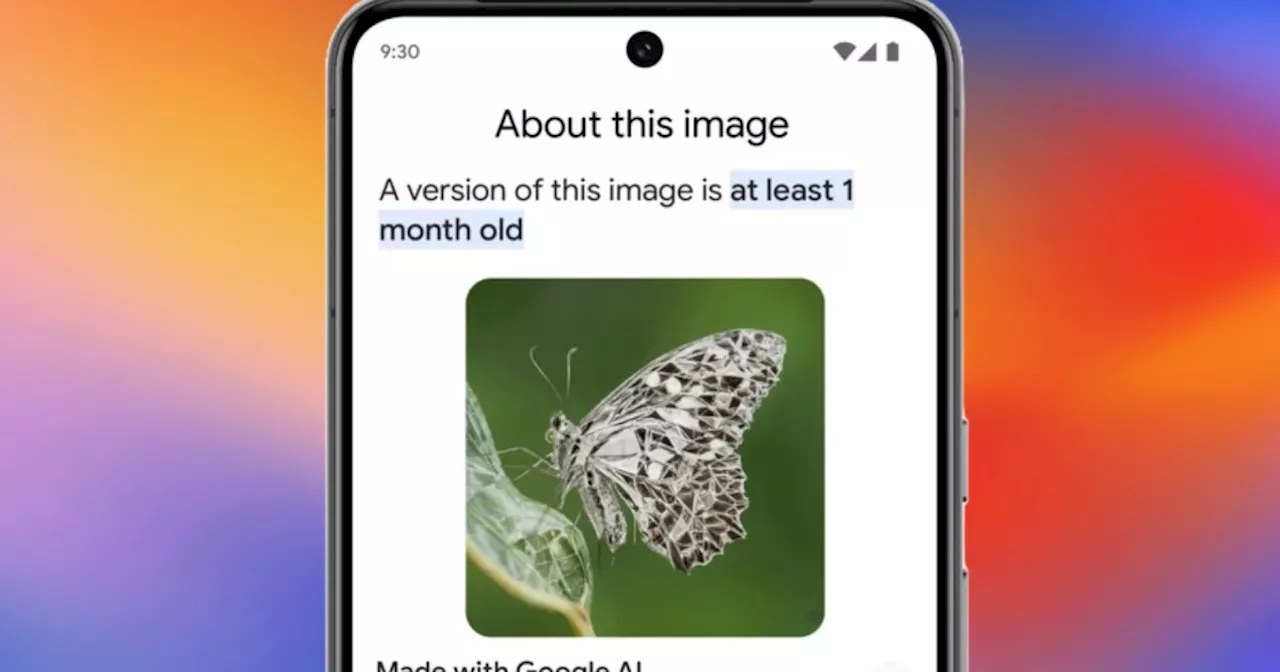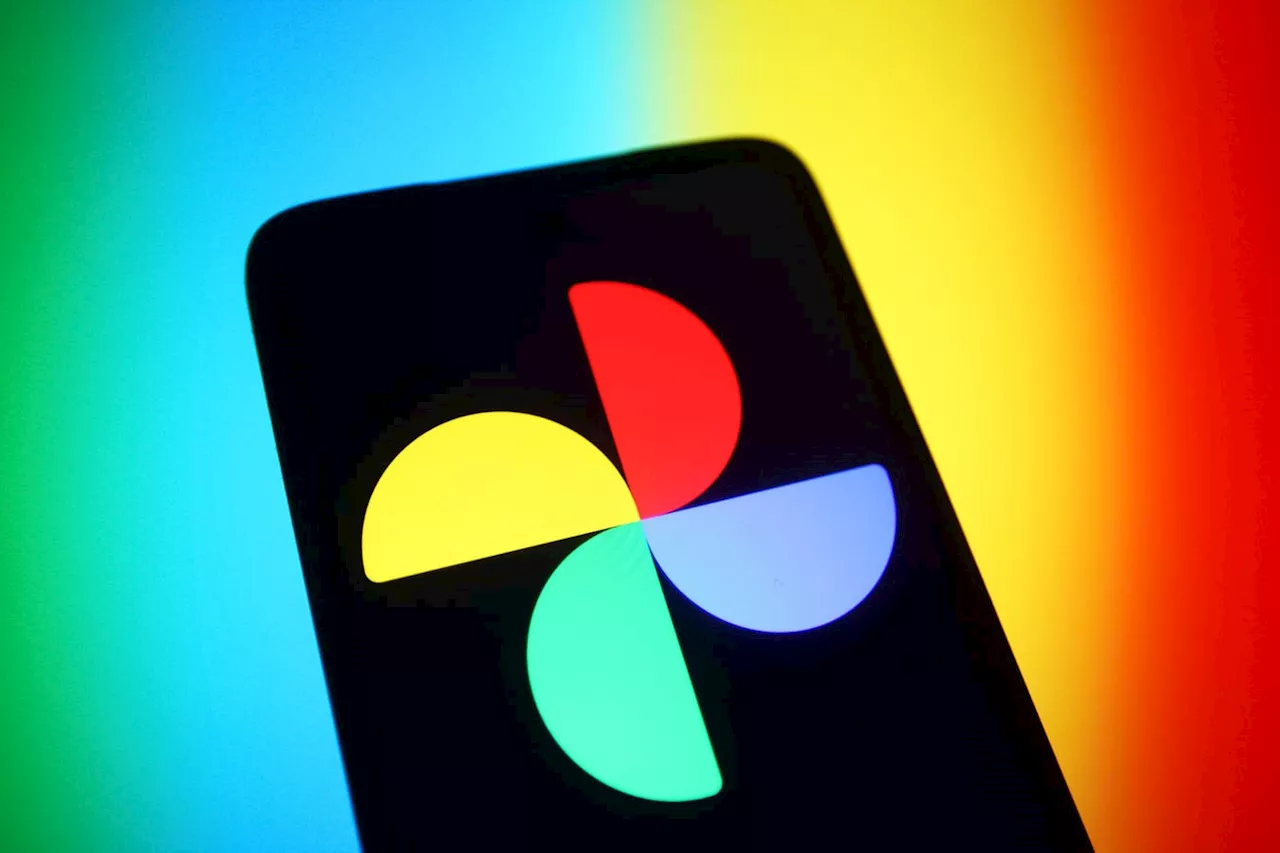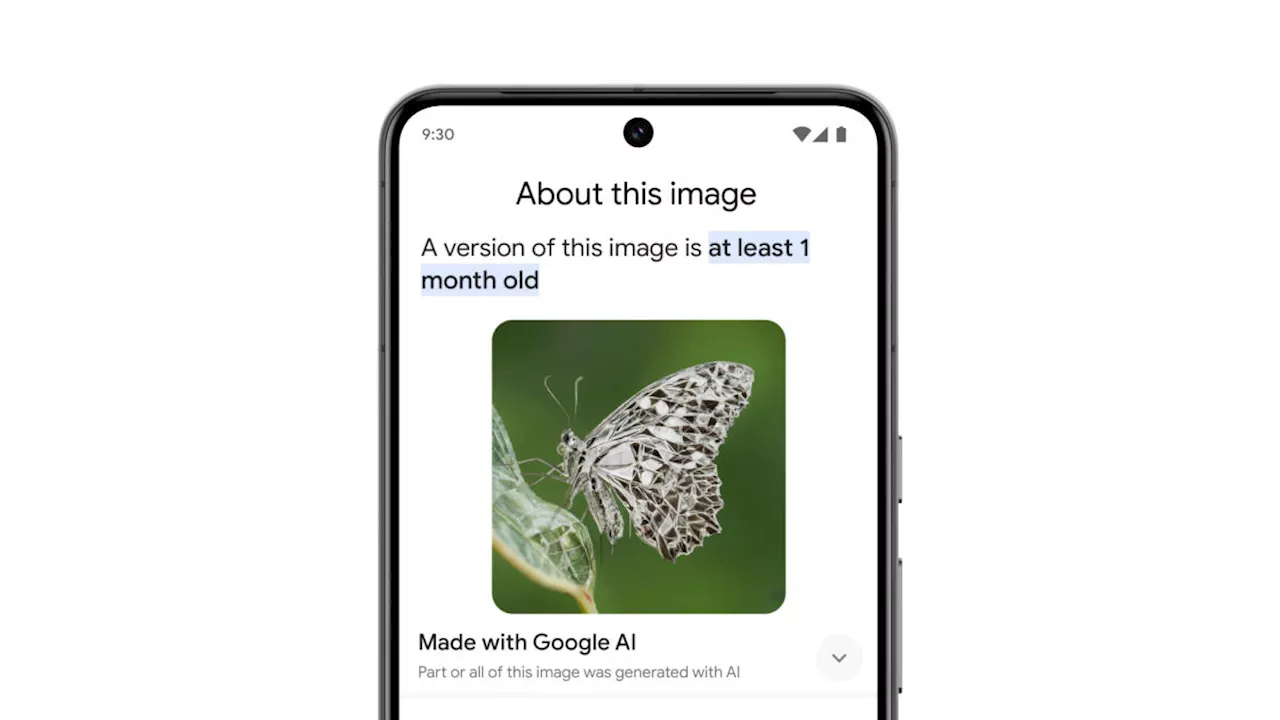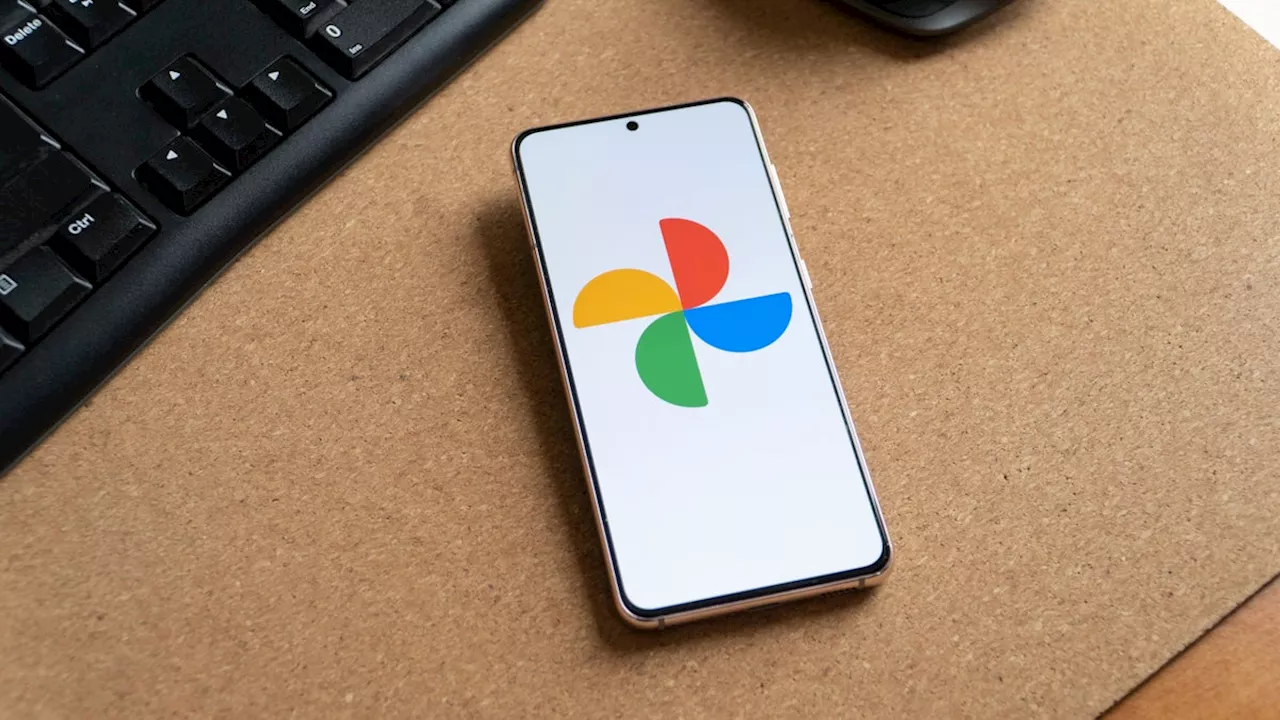Google is introducing SynthID, a watermarking technology that will embed imperceptible digital watermarks into AI-generated images, audio, text, or video. This initiative aims to address the growing concern of misrepresenting AI-generated content as original. While SynthID will primarily focus on images edited with generative AI using Reimagine in Magic Editor, Google acknowledges that subtle edits might not trigger the watermark.
Google, just like many other big tech companies, is investing infinite resources into AI. Some companies prefer to take shortcuts by letting their AI models crawl copyrighted content, whileI confess, I’m happy that I can use AI to generate fake images that I can post on my Facebook page or Twitter account, but I’d be much happier if someone would use AI to discover new treatments for incurable diseases.
As awkward as it may sound, we live in a world in which curing cancer won’t bring Big Pharma as much money as it does by just treating it, so there’s probably zero incentive to use AI for things that would really benefit humanity.is something that almost all of us have done at least once in our lives. This isn’t something bad unless you’re hiding the fact that “your” image was created with the help of AI.
Well, it looks like Google has decided to put a stop to what appears to have become the norm lately, and introduced a watermarking mechanism in the Photos app that will digitally mark all images created with AI.that starting this week it will use the SynthID technology, which embeds “an imperceptible, digital watermark directly into AI-generated images, audio, text or video,” to mark all images that have been edited with generative AI using Reimagine in Magic Editor.
However, Google recognizes that edits made using Reimagine may be too small for SynthID to label and detect, so they might not be watermarked at all. For example, changing the color of a small object might not trigger SynthID and the image might remain unmarked eventually.If an image you’re seeing isn’t watermarked, but you have doubts about its origins, you can check if it’s been edited with generative AI by using “About this image” with Circle to Search or Google Lens.
Cosmin, a tech journalist with a career spanning over a decade, brings a wealth of experience to PhoneArena. His expertise lies in brands like Samsung and Nokia, and he has a keen interest in innovative technologies. After a brief stint in PR, Cosmin returned to tech journalism in 2016, committed to delivering clear and objective news.
AI Watermarking Google Photos Synthid Generative AI
United States Latest News, United States Headlines
Similar News:You can also read news stories similar to this one that we have collected from other news sources.
 Google Photos to Add Invisible Watermark to AI-Edited ImagesGoogle Photos is introducing an invisible watermark to images edited using its AI-powered Reimagine tool. The watermark, implemented using Google DeepMind's SynthID technology, will help identify images that have undergone AI manipulation. While SynthID may not always detect subtle changes, it will remain visible even after image modifications like cropping, color adjustments, filtering, or compression. Users can also verify AI editing through the 'About this image' data available in Google Search and other platforms.
Google Photos to Add Invisible Watermark to AI-Edited ImagesGoogle Photos is introducing an invisible watermark to images edited using its AI-powered Reimagine tool. The watermark, implemented using Google DeepMind's SynthID technology, will help identify images that have undergone AI manipulation. While SynthID may not always detect subtle changes, it will remain visible even after image modifications like cropping, color adjustments, filtering, or compression. Users can also verify AI editing through the 'About this image' data available in Google Search and other platforms.
Read more »
 Google Adds Invisible Watermarks to AI-Edited ImagesGoogle is implementing invisible digital watermarks called SynthID to images modified using its Reimagine AI tool. This feature aims to increase transparency by alerting viewers that an image has been altered with AI. Watermarks will be embedded within the image data and can be read using specific decoder software. While SynthID is designed to be robust against manipulation, repeated edits may degrade the watermark, and minor changes might go undetected. This initiative follows Google's existing use of SynthID for watermarks on images generated with its Imagen tool and extends its application to user-edited images.
Google Adds Invisible Watermarks to AI-Edited ImagesGoogle is implementing invisible digital watermarks called SynthID to images modified using its Reimagine AI tool. This feature aims to increase transparency by alerting viewers that an image has been altered with AI. Watermarks will be embedded within the image data and can be read using specific decoder software. While SynthID is designed to be robust against manipulation, repeated edits may degrade the watermark, and minor changes might go undetected. This initiative follows Google's existing use of SynthID for watermarks on images generated with its Imagen tool and extends its application to user-edited images.
Read more »
 Child’s AI-Generated Russian Videos Ruining YouTube Recommendations For Father’s AI-Generated Russian VideosAmerica’s Finest News Source
Child’s AI-Generated Russian Videos Ruining YouTube Recommendations For Father’s AI-Generated Russian VideosAmerica’s Finest News Source
Read more »
![]() Google to Digitally Watermark AI-Adjusted Images in Magic EditorGoogle is addressing a big issue with its AI-powered Magic Editor by adding digital SynthID watermarks to AI-edited photos.
Google to Digitally Watermark AI-Adjusted Images in Magic EditorGoogle is addressing a big issue with its AI-powered Magic Editor by adding digital SynthID watermarks to AI-edited photos.
Read more »
 Google's Magic Editor will watermark its AI-tweaked photosSarah Fielding MS, is an acclaimed journalist focusing on mental health, social issues, and tech. At Engadget, she reports on tech news, whether it be a Twitter bot exposing gender pay gaps or a beloved classic game's revival.
Google's Magic Editor will watermark its AI-tweaked photosSarah Fielding MS, is an acclaimed journalist focusing on mental health, social issues, and tech. At Engadget, she reports on tech news, whether it be a Twitter bot exposing gender pay gaps or a beloved classic game's revival.
Read more »
 AI-Generated Image Spam Pollutes Google Search Results for 'Does Corn Get Digested' QueryA simple Google search for 'does corn get digested' yields bizarre and inaccurate AI-generated images claiming to depict corn's journey through the human digestive system. These images, originating from spam blogs, dominate the top search results, showcasing the growing problem of AI-generated content polluting legitimate information sources.
AI-Generated Image Spam Pollutes Google Search Results for 'Does Corn Get Digested' QueryA simple Google search for 'does corn get digested' yields bizarre and inaccurate AI-generated images claiming to depict corn's journey through the human digestive system. These images, originating from spam blogs, dominate the top search results, showcasing the growing problem of AI-generated content polluting legitimate information sources.
Read more »
